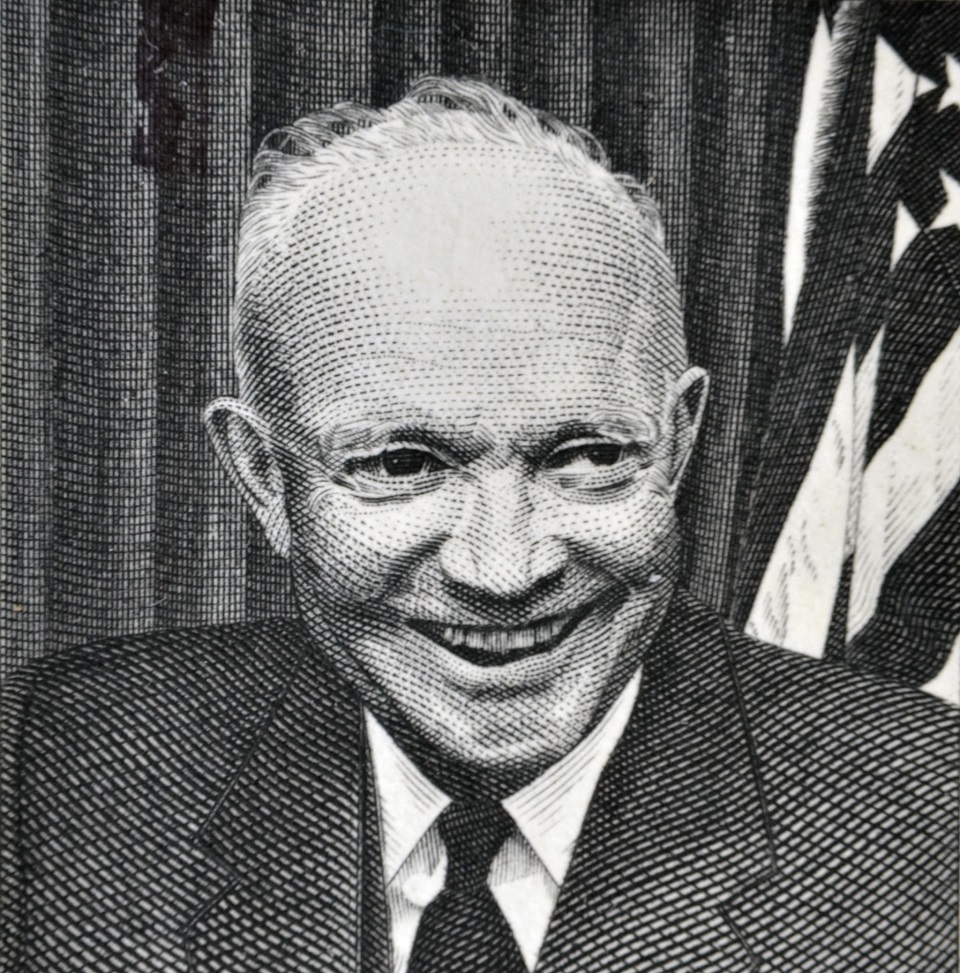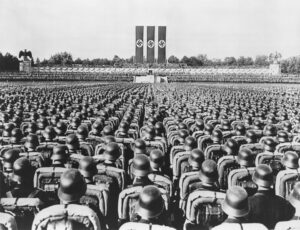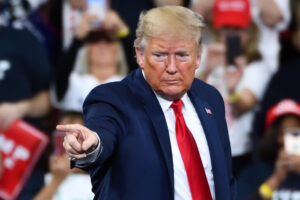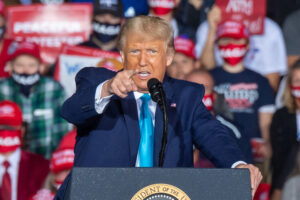
1893: Hawaii
In January 1893, a couple of white business and plantation owners decided to overthrow the Hawaiian monarch Queen Lili’uokalani. This came only six years after the Queen’s predecessor, her brother King David Kalakaua, was obliged to sign a brand new constitution at gunpoint, that completely stripped him of most of his powers and shifted them to members of the white class.
The white leaders started pressuring the U.S. to annex Hawaii, which eventually happened in 1898. The islands were U.S. territory until 1959 when Hawaii became the 50th state in America.
In 1993, 100 years after the coup took place, the U.S. government released a formal apology to Native Hawaiians, for what their predecessors did, which is overthrowing their monarchy and annexing 1.8 million acres of the island “without any consent of or compensation to the Hawaiian people…or their sovereign government.”
1933: Cuba
In 1898, the same time the U.S. annexed Hawaii, its victory in the Spanish-American War also allowed full control of Guam, Puerto Rico, and the Philippines as American territories.
But, it was also an excuse to start a military occupation of Cuba. After President Theodore Roosevelt acknowledged America’s right to start military operations in Latin America in 1904-5, the United States started to make its presence felt in the Caribbean Basin countries, such as the Dominican Republic, Nicaragua, Mexico, Haiti, Honduras, and Cuba.
After recognizing Cuba as an independent nation back in 1902, the U.S. military left the country with the caveat that it might intervene in order to protect American interests in the future.
Over the next 30 years, the U.S. made a habit out of invading Cuba and other Caribbean countries in what we know as “Banana Wars”, which were meant to help quash labor strikes and revolutions that might have represented a threat to the U.S.-owned sugar, fruit, and coffee businesses.
America also backed military leader Fulgencio Battista’s plan to overthrow the Cuban government. After Fidel Castro vehemently ousted Batista and established the first communist regime in the West, President John F.
Kennedy tried to overthrow Castro’s government in the 1961 Bay of Pigs invasion. However, this failed attempt is the perfect example of America’s ongoing imperialist attitude toward its southern neighbors, and it also showcases a new weapon: the CIA.







